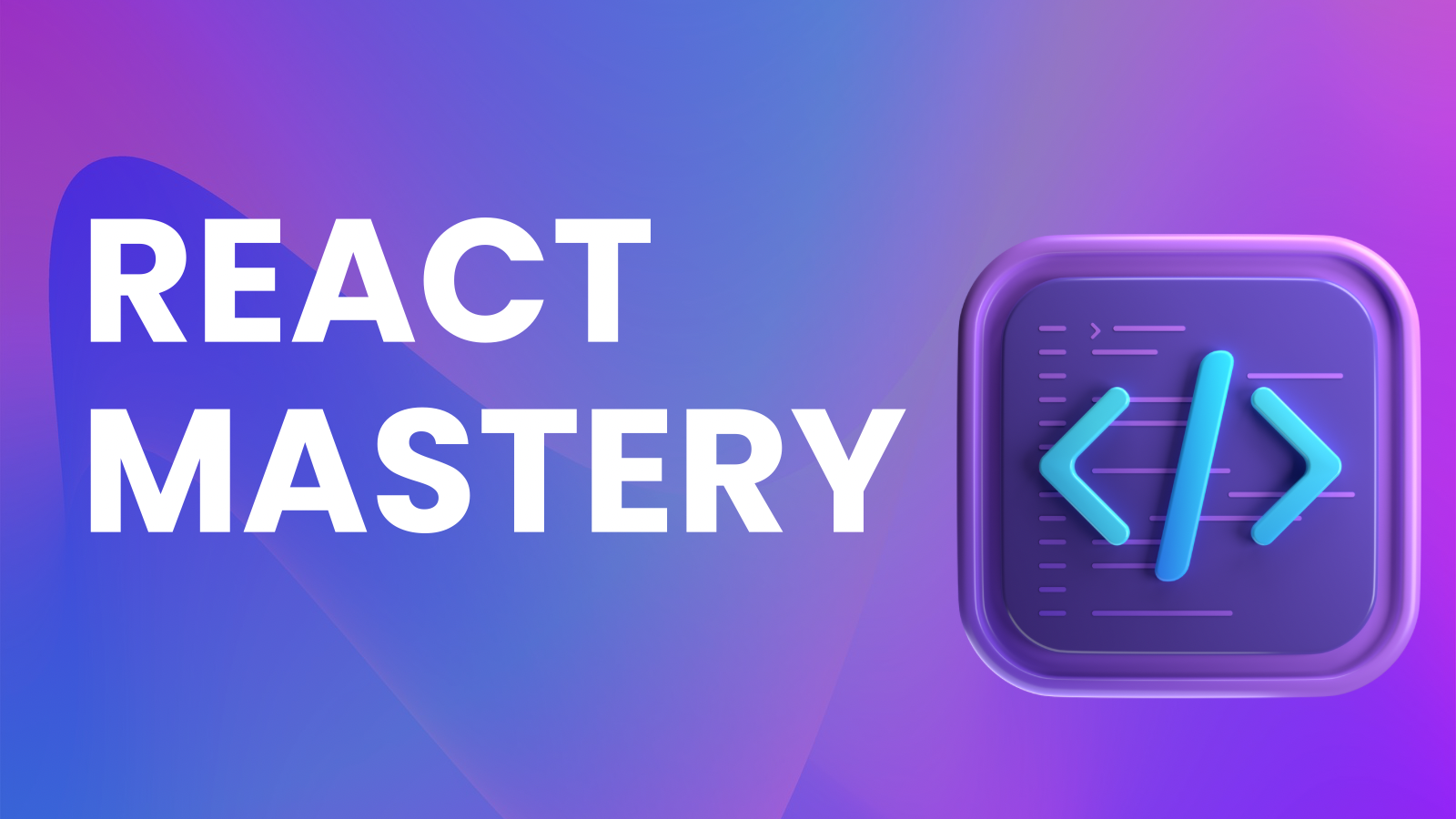40 days React
 Aaks
Aaks
The Leap into React
Just like everyone else, coding for me began at the bottom of the ladder which is HTML and CSS. Growing up in a time when technology wasn’t exactly everywhere when I first encountered HTML in school, my curiosity ran deeper. The real thrill however was, right clicking on the site, selecting “Inspect” and editing the content. I literally felt like I was the smartest of all my classmates, spoiler: I wasn’t.
I found my way to JavaScript and that’s when things really started getting interesting. Learning the basics of programming logic deepened my curiosity, it was like a never-ending rabbit hole. The more I learned, the more I realized how much I didn’t know. After experimenting with static websites and adding a few interactive elements, React seemed like the natural next step. Not gonna lie, I first got interested in it thanks to all the hype around it. But once I started diving into React, I realized it wasn't just another trendy tool, it was the key to pushing my creativity and development skills further.
The 'Before You Jump In' Chronicles
React was created by a small team at Facebook, led by Jordan Walke, and it was first released in March 2013. The library was later open-sourced in May 2013, allowing the wider developer community to use and contribute to it.
The popular Facebook story:
The traditional methods of updating the DOM (Document Object Model) were slow and caused performance issues, especially with real-time updates like comments, notifications, and news feed changes. React was created to solve this by introducing a Virtual DOM, which allows for faster, more efficient updates by minimizing direct manipulations of the real DOM.Initial Hurdles:
When React was first introduced, it wasn’t immediately embraced by the developer community. Initially, some developers felt that React was over-engineering simple tasks. React faced resistance due to its unconventional approach (JSX, unidirectional data flow), incomplete ecosystem, and the perception that it was more complex than necessary for simple tasks. However, as developers grew to understand the benefits of React’s design, it eventually gained widespread popularity.How it changed:
React’s consistency impressed everyone.
When platforms like Khan Academy and Unsplash adopted React, it provided real-world validation for the library. It showed that React could handle large, dynamic applications at scale, improve performance, and enhance the developer experience. These high-profile adoptions helped legitimize React, encouraging broader industry adoption and significantly contributing to its growth as the leading front-end library.
Prerequisites for learning React
Before diving into React, it’s important to have a solid foundation in several prerequisite technologies and concepts. If you are starting the journey with me, you should have already build the foundation for the following:
HTML (Hypertext Markup Language)
CSS (Cascading Style Sheets)
JavaScript
Understanding of the DOM
Familiarity with Modern Development Tools
Ready, Set, React:
And with that, we're ready to kick off this amazing journey into React! I’m genuinely so excited about this project and the possibilities it holds.
If you’re just starting out, I’d love for you to join this challenge with me—seriously, it’s never too late to dive in and learn something new.
Subscribe to my newsletter
Read articles from Aaks directly inside your inbox. Subscribe to the newsletter, and don't miss out.
Written by
